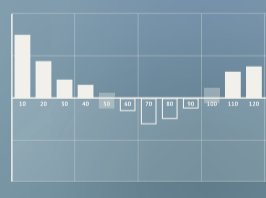11.21.2025
Sausage casings bulletin, November 21, 2025

...

Organic Corn trading activity continues to pick up with customers bidding $7.00 for delivery in November and December, versus offers now at $7.75. As the calendar flips to November, the focus turns to the Q1 where buyers are waiting for farmers to come off their $8 offers. Last year, as the harvest began, farmers where hoping for $10 per bushel, which is the new $8 per bushel. The carry for corn remains near $0.25 per quarter. Non-gmo yellow #2 CIF remained steady at $0.10 premium over conventional for new crop delivery. While the harvest for conventional corn is approximately 75% complete, the organic harvest is just getting underway.
Corn board futures prices have come off their recent highs. Per the most recent commitment of trader’s report released for the date October 25, 2016, managed money slightly added to both long and short futures and option positions. Managed money that is short futures and options outnumber managed money that is long by approximately, 69K contracts down from 131K contracts, 2-weeks ago.
Mid-west organic soy bean prices are experiencing increasing activity for November and December delivery, but many buyers are waiting for prices to decline before they lock in Q1. Prices have drifted to the $17.25-17.75 range, with a carry for the first quarter of approximately 25 cents per bushel. The huge potential of bean yields has weighed on non-gmo prices. Non-GMO soybean CIF for November and December deliver are trading $0.15 – $0.35 above cash prices for new crop. Approximately 87% of conventional soybeans have been harvested, per the USDA, just as the organic harvest is beginning.
Organic feed wheat prices are actively trading in the mid-west between the $6.95 and $7.05 range.
After attempting to break out over the past 2-weeks, bean oil prices have retraced on a weekly basis moving back below the recent breakout level. A disruption in supply of palm oil was the catalyst for the rise in bean oil prices, which now appear to be moderating.
In the News
|
|
|
|